We’re all in this together, including the old ones, such as my older brother here.
Loon, Gardom Lake (Shuswap)
And those ancient travellers from India, who liked the look of things and blended in, such as my elder sister below:

Ern, Coyote Point (Syilx)
But let us be clear. This zone of energy stretching from Alaska to California to Yellowstone, dancing with the coast of the North American Pluton, old buried continents, seas of basalt and submerged seafloor faults …

Mount Hood, Wishram (and others)
… is not a “country” and is not “Oregon”, “California”, “Washington,” “Idaho”, “Wyoming,” “British Columbia,” or “Alaska,” and certainly not “Canada” or “The United States,” although the stories of the people…

… living within its plumes and flows …

Watchman at Central (Similkameen)
… is heavily influenced by the histories of those social constructs, whether these people are humans or not, and even if they are the grass people, and perhaps especially if they are that, who have given themselves to wind and fire and sun.

It is impractical, however, to make “Canada” or “The United States” go away, at least in the short term, partly because they won’t and they are armed to the teeth, partly because histories are deeply embedded in both scars on the land and in the familiar pathways of human social structures, and partly because for all their faults those structures (Canada, the United States, Mexico and such other collectives) do provide protection from human violence from beyond our energy zone. What’s more, many parts of the histories of those structures are honourable and supportive, even though many are not.

American Settler Camp, Walla Walla Valley
Sometimes, they are even both at once.

Alfalfa Seed Farm, Back of Touchet, Walla Walla Valley
The great Cayuse chief Peo-peo-mox-mox was cynically murdered here to plant this land in American crops, and you’ll be hard-pressed to find a French Canadian in sight. They were cleared out as well.
The question, however, is how do we reclaim our land without losing the protective space we need to flourish in an ever-more-violent world? There are a few possibilities:
First, let us speak as people of this flow, which means to speak first-and-foremost as people who live in an energy flow, not those who live in nations or their administrative states, regions or provinces.

Gardom Lake (Shuswap)
Those other structures will look after themselves. We do not have to do their work for them all the time. The energy they meet, of which we are voices, need to speak as well.

This energy needs to speak (Priest Valley, Looking into the Monashees, Syilx Illahie).
In this spirit, let us also understand that the flow, manifested as water, is also the flow manifested as grass…
 Upper Central (Similkameen)
Upper Central (Similkameen)
… and as water and stone …

Pik’dunin (Nimiipu’u)
… and as fire …

Olalla (Keremeous River Valley, the old Lake Penticton Outflow into the Similkameen)
… and as coastal cedars in the rain forest.

Ozette Marsh (Makah)
To be of this flow, we must see these as all manifestations of the same energy, and we must understand ourselves as this energy as well.

Lake Lenore Rock Shelter Site, Grand Coulee (Sinkiuse/Syilx)
We must speak from the place at which the grassland field above is the rainforest on the Hoh River, and the river itself.

Stream in the Hoh (Hoh)
That is the first principle of reclaiming our land. Anything else is a temporary occupation.

Meadow Creek (Lawyer’s Camp, Nimiipu’u)
And no longer occupied.

Downtown Lowden (Cayuse/Walla Walla/Touchet)
~
More principles to come (including what to do with de-occupied land.)
Categories: Agriculture, Ethics, First Peoples, History, Land, Land Development, Nature Photography, Other People, Spirit

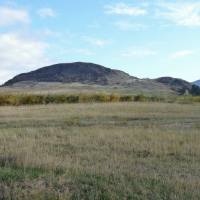

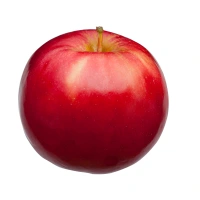
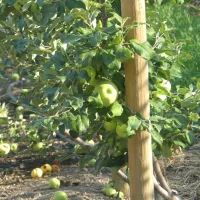
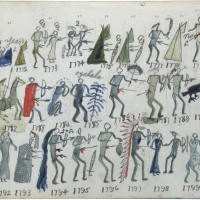

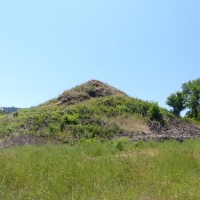
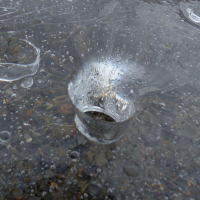
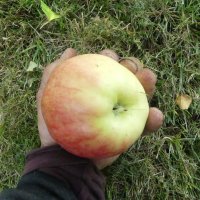
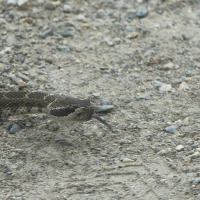
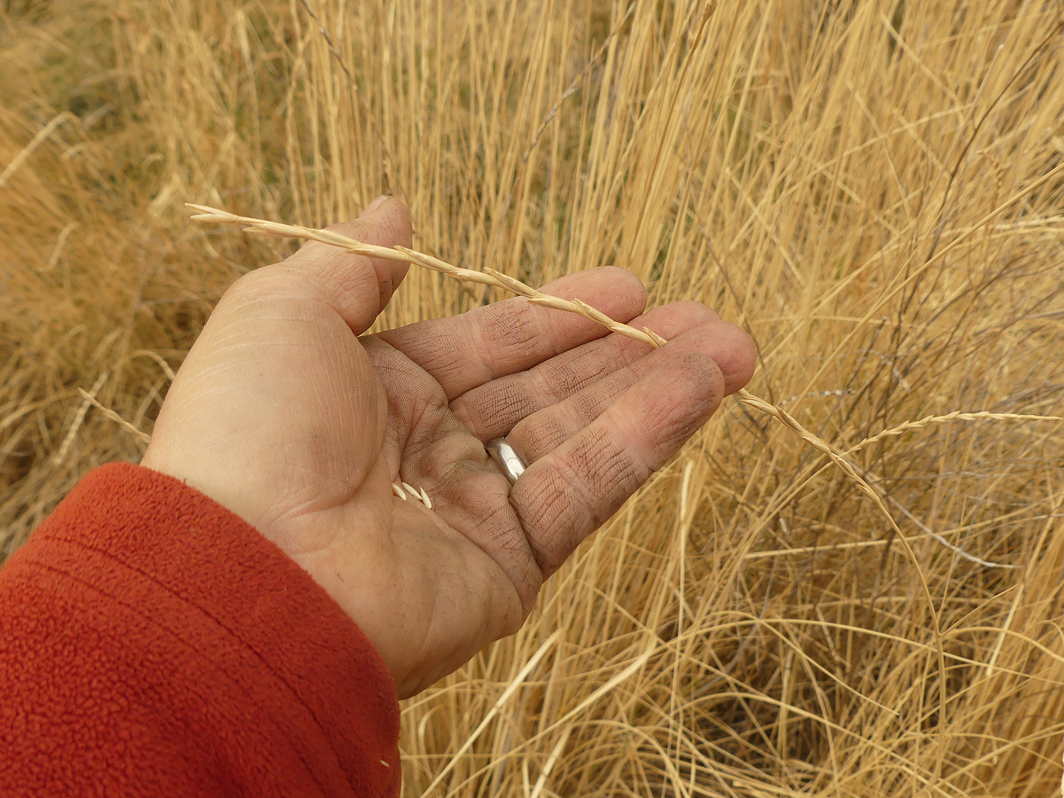


Beautiful stream reflections, and loons, turtles, grasses, so much more. And good advice, to speak as people of the flow. I appreciate your astute and even-handed discussion of the political boundaries, too.
LikeLike
Thanks… more to come on this theme! Isn’t that the thing about those political boundaries. They are here for complex reasons, and if they were removed we’d be so vulnerable. It’s best to work within them and remake them into wise and expansive places. This is slow work. Centuries. Well, the good work takes time.
>
LikeLike
Beautiful journey and flow, Harold. Images, words, living places. Relish this exceptional chance to visit the east side of the Cascades.
Oh, the boundaries.
I am often out here in the national forests, with ground-truthing colleagues or on my own, seeking out the small revelations, complexities, and instances of evidence that speak in the storytelling style of tracks, scats, nests, and middens, the shifting relations of species and range, the narratives of wildlife trails and recreational paths, not to mention the grid of old logging roads and new timber sales still pending. Yes, the work takes time, and for many a shift in consciousness, to others, like me, seems unbearably slow, even as the map-makers, armed with the newest technologies, can seldom keep up with the ebb and flow in a timely and accurate fashion.
Do carry on and happy travels.
LikeLike
Thanks, Lloyd. I love the tantalizing report of the vital work you’re doing, following the energy so intimately. Keep us posted on what you find!
>
LikeLike
Those national forests are special places. By the looks of them, they are tribal lands, removed for development and, as history went on, undeveloped and given to the nation. It is certainly a fine place to start at rebuilding Earth-human relationships! Good for you!
>
LikeLike
Oh the boundaries. You are so on target, Harold.
Add to my list the history, traditions, movements, applications of First Nations. Just Tuesday last while walking the course of a canid scat survey in the Camas Prairie/McCubbins Gulch sector of the Mount Hood National Forest, we were pressed up against the “MC-Quinn Line 1887” (sic) – as so notated on one of our maps – marking the northern border of the Warm Springs Reservation which like all of the reservations is a construct of the U.S. government and based on its own intentions, policies, values, and broken treaties. No surprise, wildlife cameras began last summer to record the movements of gray wolf mates and newborn pups inhabiting the area and ranging freely across the “border”.
LikeLike
Glad to walk this path with you. And fantastic about the wolves!
>
LikeLike
Wonderful visual and text narratives. Thanks Harold.
LikeLike
Thanks for looking. There are 8 more, all week and into next. Courage!
LikeLike
I see you, brother. I’m just back from a hike from dusk to dawn in the Thuringian Forest, where wilderness regrows. Even the wolf is back, though I’m glad that the pack didn’t cross my way.
You may have heard of the author Wolf-Dieter Storl from Saxonia, who talks with the spirits of the plants and revives the rites of the Germanic tribes.
Please continue to beat the drum.
LikeLike
Thanks, Frank, for the drumbeat and the reading tip. I’ll look him up.
LikeLike